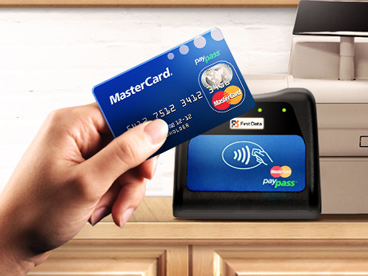Background on BLE.
 BLE's first specifications were created at the Nokia Research Centre with the name WiBree. Later on, this technology was adopted by the Bluetooth Special Interest Group (SIG) and was renamed Bluetooth Ultra Low-Power. The basic idea was to integrate a very low power demanding wireless technology into small devices such as heart rate sensors, or other kinds of devices that needed to run on a button battery for years or months.
BLE's first specifications were created at the Nokia Research Centre with the name WiBree. Later on, this technology was adopted by the Bluetooth Special Interest Group (SIG) and was renamed Bluetooth Ultra Low-Power. The basic idea was to integrate a very low power demanding wireless technology into small devices such as heart rate sensors, or other kinds of devices that needed to run on a button battery for years or months.
However, there is a small inconvenience. Bluetooth Low Energy is not compatible with earlier versions of Bluetooth (commonly called "classic"). Although mobile devices compatible with BLE often include the previous version of Bluetooth as well, in order to avoid such incompatibility, in smaller sensors and devices this is not possible because of size and energy constraints, and are not able to work together with a non-BLE compatible mobile device.
The difference between BLE and NFC.
Before BLE entered the picture, Bluetooth and NFC were addressing different and clearly defined purposes in mobile wireless communications: NFC was establishing itself as a low-power technology for short distance operations with low data traffic, while Bluetooth was being used (and is still used) extensively in the field of communications with other devices over short distances, with increased data traffic but with a higher energy consumption.
However, all this changed with BLE. Despite being integrated into the Bluetooth standard, BLE was designed specifically for small data transfer and ultra-low power consumption. Hence, some experts in the industry anticipate NFC's demise at the hands of BLE.
Power consumption.
One big difference with NFC technology is that communication between a device (Active) with an NFC chip and an NFC chip without any energy source (Passive) is possible. On the other hand, although BLE consumes less energy than an active NFC chip, data transfer with a BLE chip without an energy source is not possible.
And that's why the NFC's passive mode is the most significant difference between the two technologies. The fact that no power source is required for data transfer makes them perfectly suitable for credit or debit cards, transport cards, or bicycle rental cards. Therefore, what is known as "contactless", is the main application where NFC is undoubtedly a better option than BLE.
However, comparing power consumption in both technologies is hardly fair, mainly because the usage can vary greatly.
Operating Range.
For some people, the very short range that NFC offers (a few centimeters) compared to BLE (tens of meters) is a major limitation; but as mentioned before, the industry has shown that this limitation is actually an advantage in allowing NFC to perform certain tasks, such as ensuring that a payment is made only when an NFC card is very close to an NFC reader, thus ensuring that it is not possible to make the transaction from a distance.
The death of NFC.
BLE is a technology that already exists in millions of smartphones (iOS since the 2011 iPhone 4S), tablets and computers. So in that sense, BLE has already won a battle over NFC in the mobile market.
Each technology will take its own course.
 MasterCard Paypass and NFC
MasterCard Paypass and NFC
NFC cannot deliver the experiences that can be achieved with the use of BLE and beacons, mainly because it is limited to very short-range technology. This is an area in wich BLE is unique and has no competitors, but BLE can replace NFC in certain tasks in which NFC seems to fit very well. For instance, pairing devices “automagically”, or any other kind of interaction involving low consumption and proximity. NFC will still be present in those circumstances where the use of a unpowered chip is necessary, such as cards.
The BLE-Beacon combination is booming while NFC struggles to remain relevant. From our perspective, the winning horse in the mobile arena is BLE together with beacons and proximity experiences.
All in all, 2015 will be a great year for BLE and NFC. We will witness disruptive events orchestrated by beacons, IoT, and everything that software can do to merge all these technologies, and create quality experiences like none before. Are you ready?






